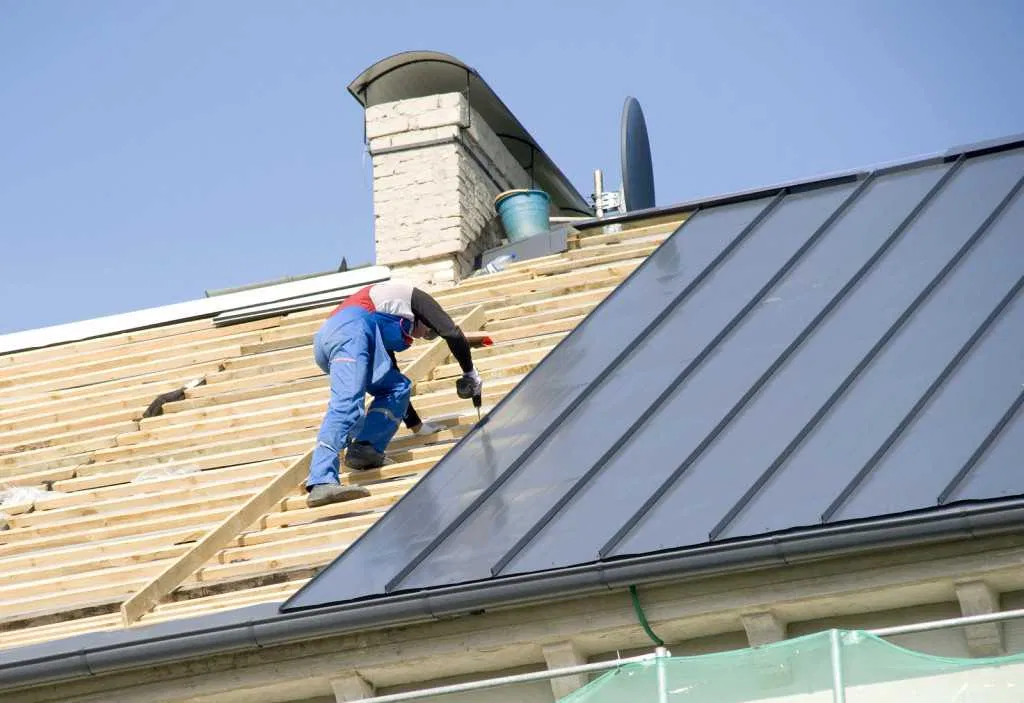The roof acts as the essential shield, protecting your home or business from harsh weather conditions. Metal roofing is a popular choice because of its durability, energy efficiency, and long lifespan. Installing metal roofs requires a tailored approach, as the climate is a crucial factor in how they should be properly installed. Here, we will explore why specialised techniques are necessary for different climates and how they impact roofing installation in Auckland and beyond.
How Climate Affects the Installation of Metal Roofs
Various weather conditions impact metal roofing differently. In areas with frequent rain or high humidity, the risk of rust and corrosion increases. Conversely, areas with extreme heat require materials and installation methods that handle thermal expansion and contraction effectively. Wind-prone locations need roofs with superior fastening systems to prevent lifting and damage. These diverse climate-related factors make it clear that tailored installation techniques are not optional but essential for long-lasting performance.
Techniques for Hot and Sunny Climates
In regions with extreme heat, metal roofing materials may expand considerably during the day and contract as temperatures drop at night. If proper allowances are not made, this can lead to warping, loose seams, and fastener issues. Roofing experts employ specialised fastening systems that accommodate movement, ensuring the roof’s structure remains intact. Reflective coatings are also frequently used to decrease heat absorption, boosting the overall energy efficiency of the roof. For roofing installation in Auckland, these practices are especially relevant during hot summers to ensure the roof remains durable and functional.
Installation Methods for Cold and Snowy Conditions
In colder climates, challenges like heavy snow accumulation and the formation of ice dams become major concerns. To ensure snow slides off efficiently, metal roofs must be installed with steep slopes and adequate insulation. Seam sealing and underlayment are crucial to prevent moisture from seeping in and causing damage when the ice melts. Installers may also recommend using snow guards to control the flow of snow and prevent sudden slides that could pose safety risks.
Techniques for Windy and Storm-Prone Areas
High winds and storms can wreak havoc on roofs, making it crucial to secure metal panels with specialised fasteners and clips designed to withstand uplift forces. Overlapping panels and reinforced flashing are additional techniques used to ensure a tight seal. In coastal regions, where saltwater can cause corrosion, using corrosion-resistant materials and protective coatings is essential. For roofing installation in Auckland, which experiences varied weather, combining multiple strategies ensures a resilient roofing system.
Why It is Essential to Work with Professionals
Each of these specific techniques calls for expertise and accuracy. Experienced roofing contractors know how to adjust installations based on local climate, choosing the appropriate materials and techniques to ensure durability over time. Attempting a DIY approach or hiring inexperienced installers can result in costly repairs and reduced roof life.
To Sum Up
When installing metal roofing, using the proper methods suited to your climate is the difference between a roof that lasts for decades and one that does not. For reliable roofing installation in Auckland, trust experts who know how to adapt to the unique demands of the local environment. After all, the right installation today saves you from big problems tomorrow.
